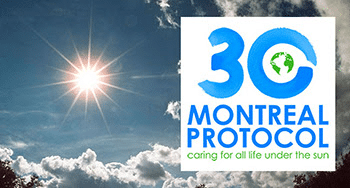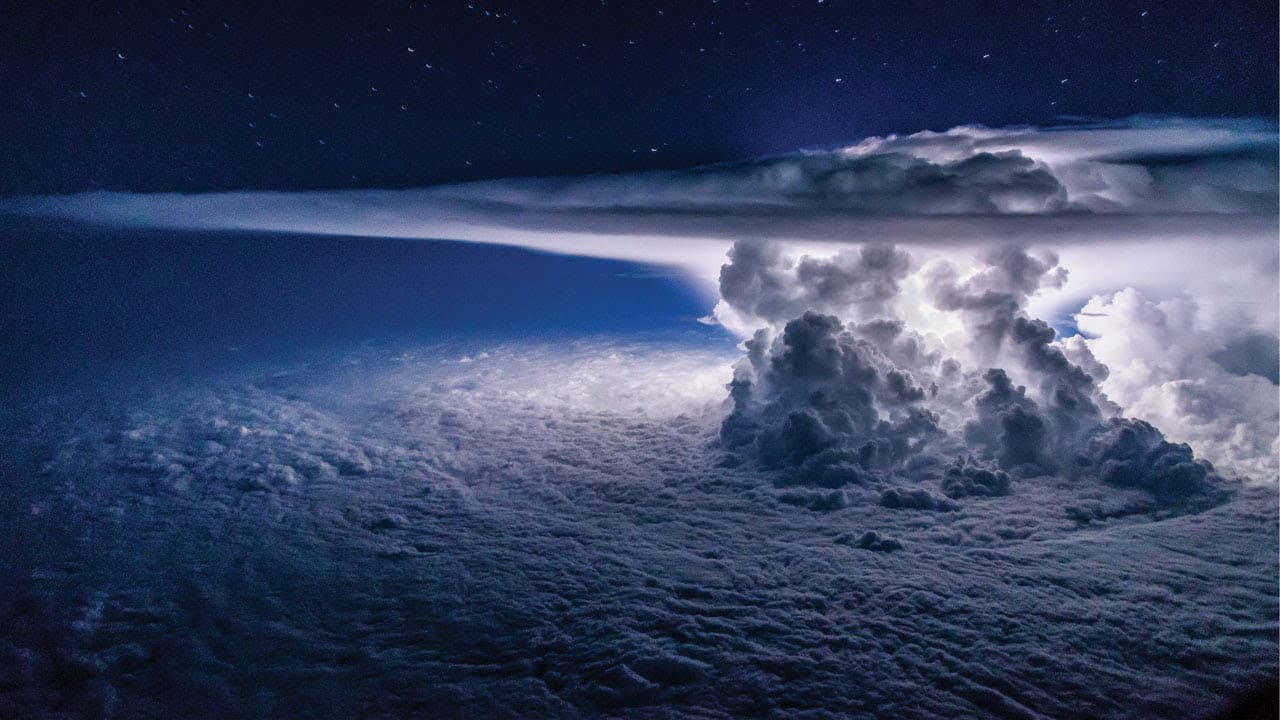The Montreal Protocol on Substances that Deplete the Ozone Layer is the only international treaty to have been ratified by all the countries that make up the United Nations. According to a study published in March 2023 in PNAS, The Proceedings of the National Academy of Sciences, the protocol’s entry into force on January 1, 1989, has given Arctic glaciers some 15 years of respite. This treaty provides for the gradual elimination of the use, and hence emission into the atmosphere, of a number of gases known as ODS (Ozone Depleting Substances).
Among the best-known ODS are CFCs, or chlorofluorocarbons, which are responsible for the growing hole in the ozone layer, and were widely used before the protocol was signed in refrigeration, air conditioning, aerosols, foam and solvents. The signing of the Montreal Protocol made it possible to halt the melting of Arctic ice and delay the first ice-free Arctic summer by fifteen years.
Using climate models to highlight several scenarios of a possible future based on different climate actions, the authors of the study demonstrated that without the implementation of the Montreal Protocol, the Arctic ice cap would certainly have experienced a temperature increase of over 1˚ C in 2050. Thanks to the application of this protocol, the first ice-free summer in the Arctic should arrive in twenty-seven years’ time, whereas it would have been much closer if greenhouse gas emissions had still risen by 7% per year.
Although other gases, such as CO2, have an impact on global warming, the measured effects of implementing the Montreal Protocol show the real impact that international treaties can have on protecting the planet’s environment. One of the study’s co-authors, Professor Lorenzo Polvani of Columbia University, states in a press release that the results clearly demonstrate that the Montreal Protocol has been a very powerful climate protection treaty, and has done much more than cure the ozone hole over the South Pole. Its effects are felt not only in the Arctic but all over the world. Scientists estimate that around 7 km2 of Arctic ice have been saved per kilotonne of ODS emissions. While global warming and melting ice remain a threat, the ozone layer is well on the way to being completely restored.




